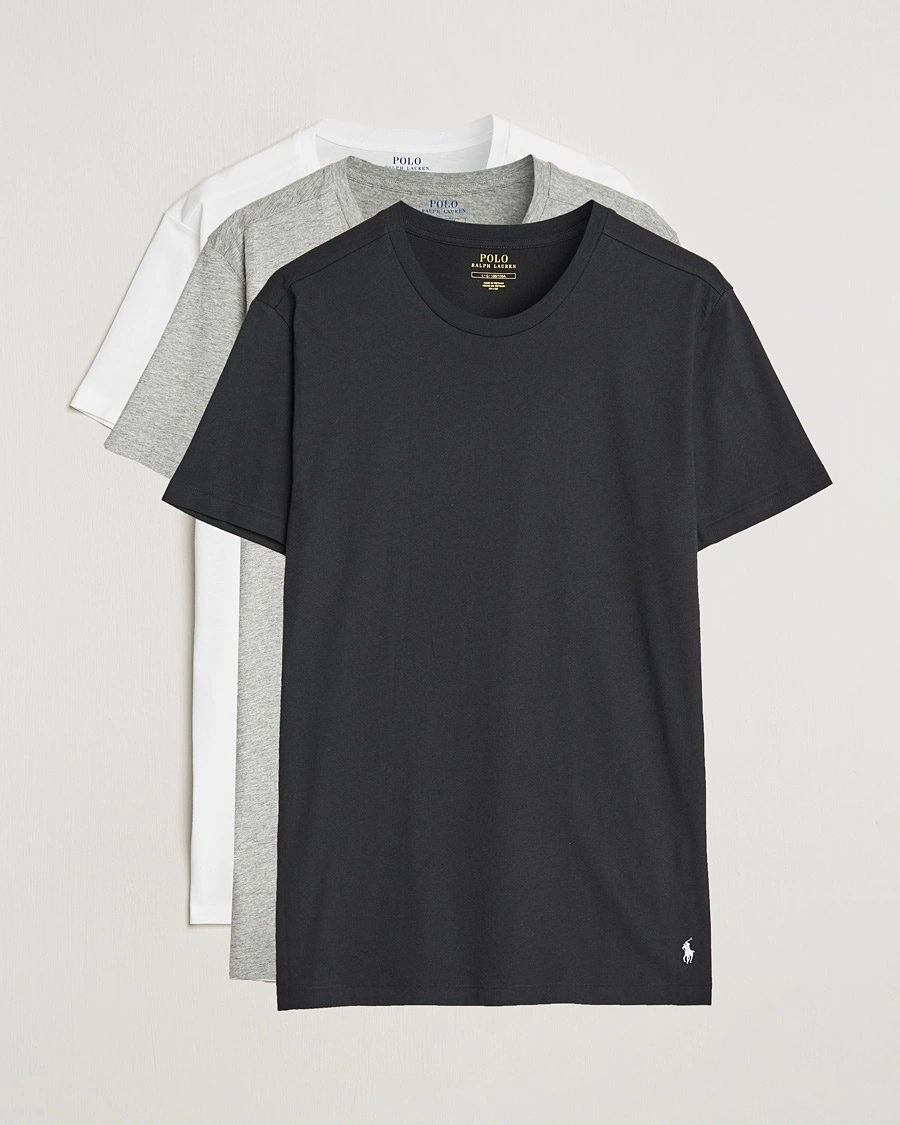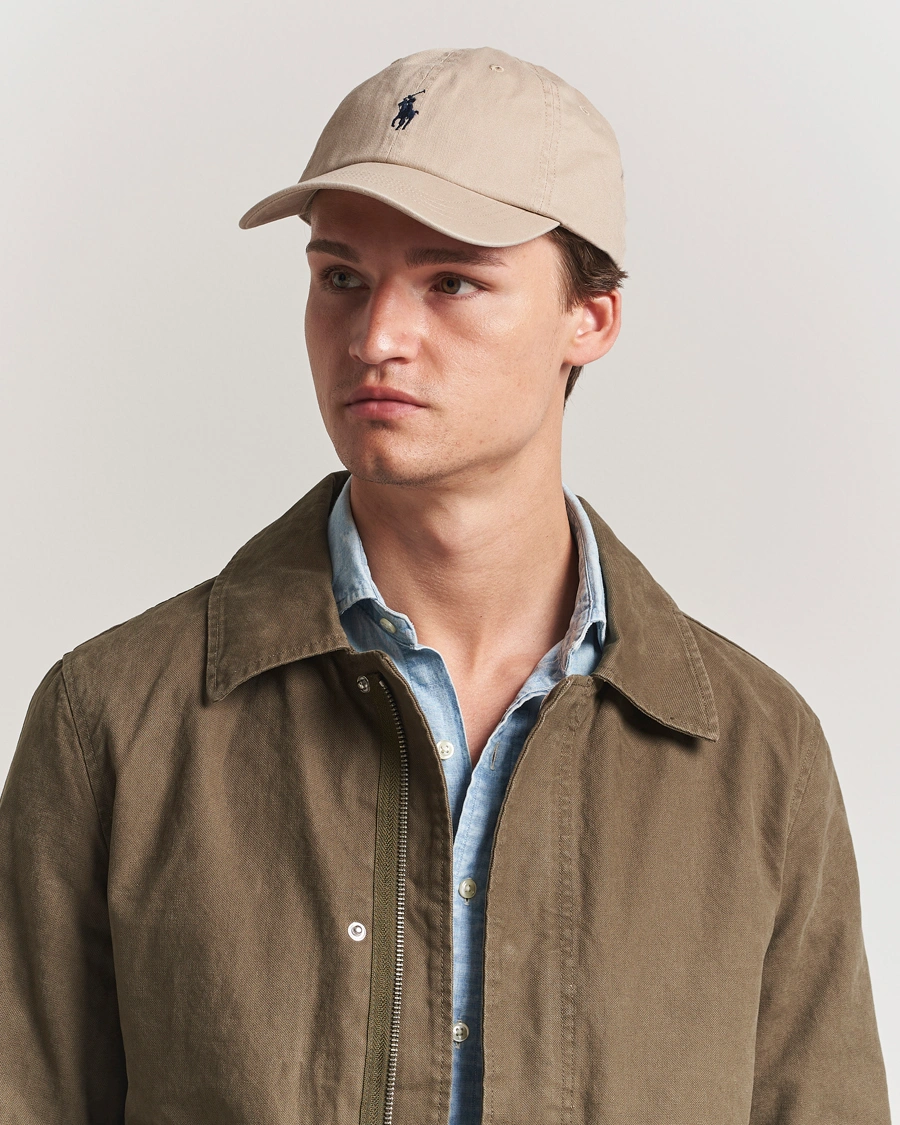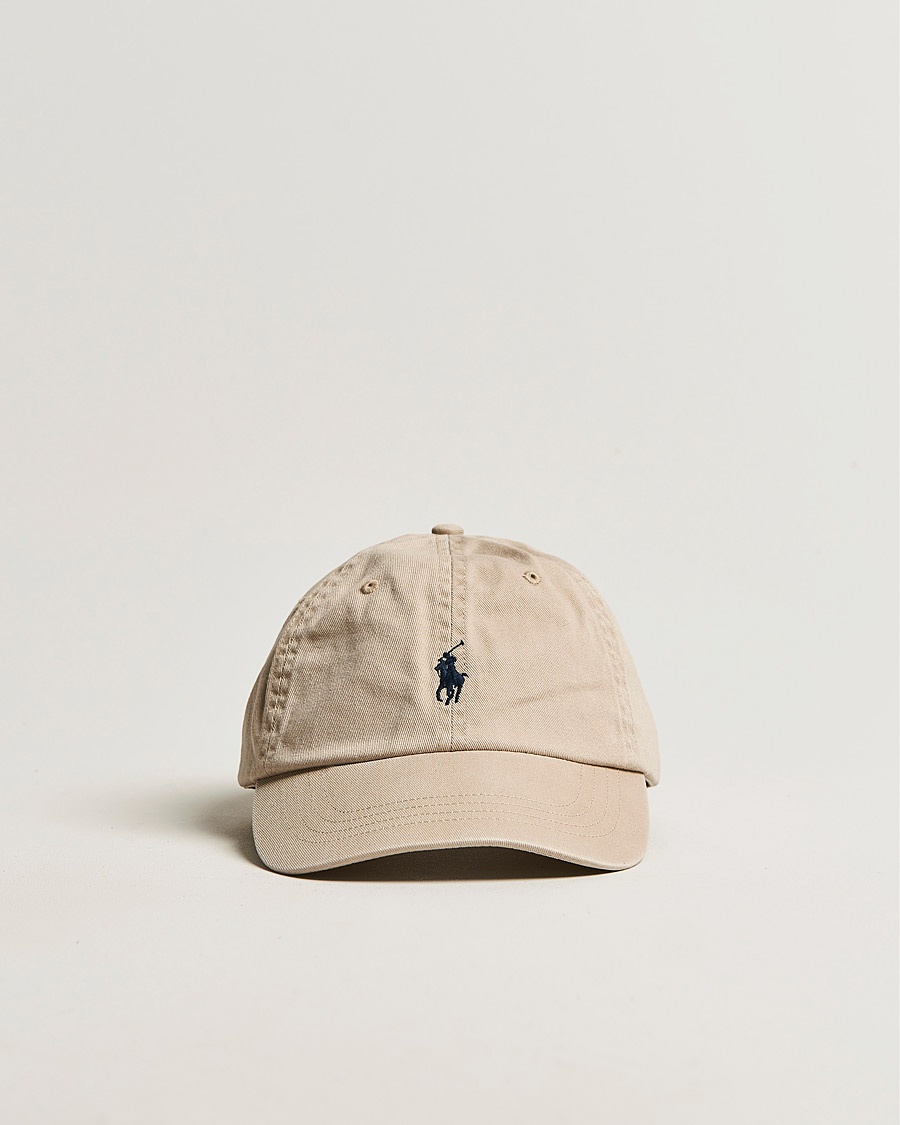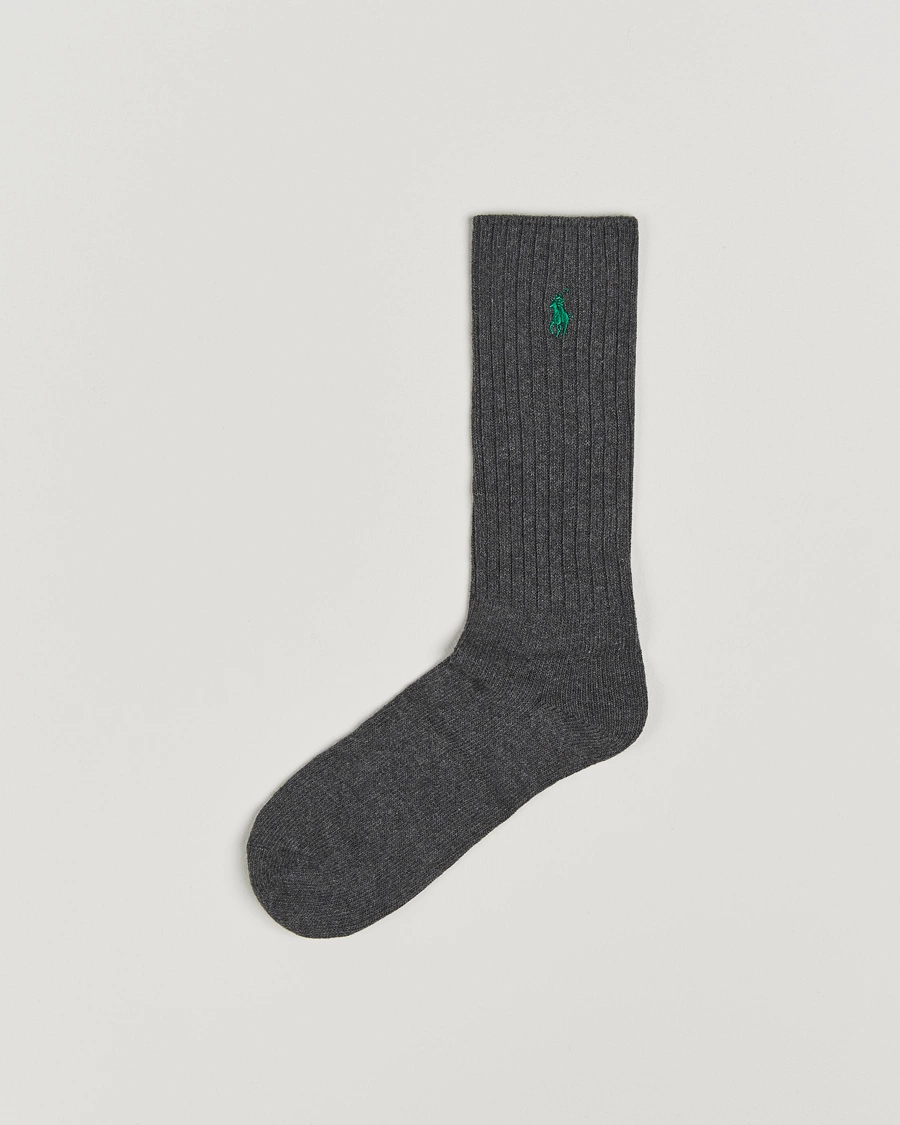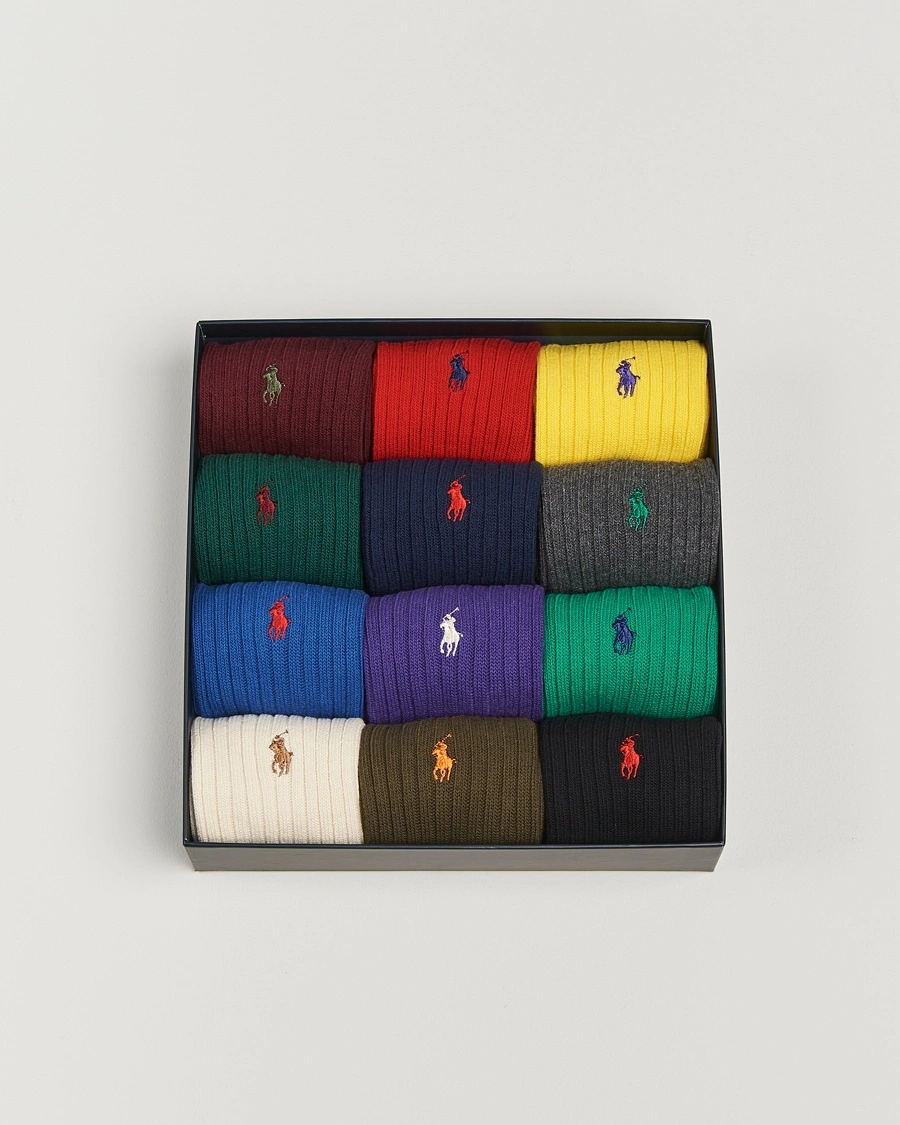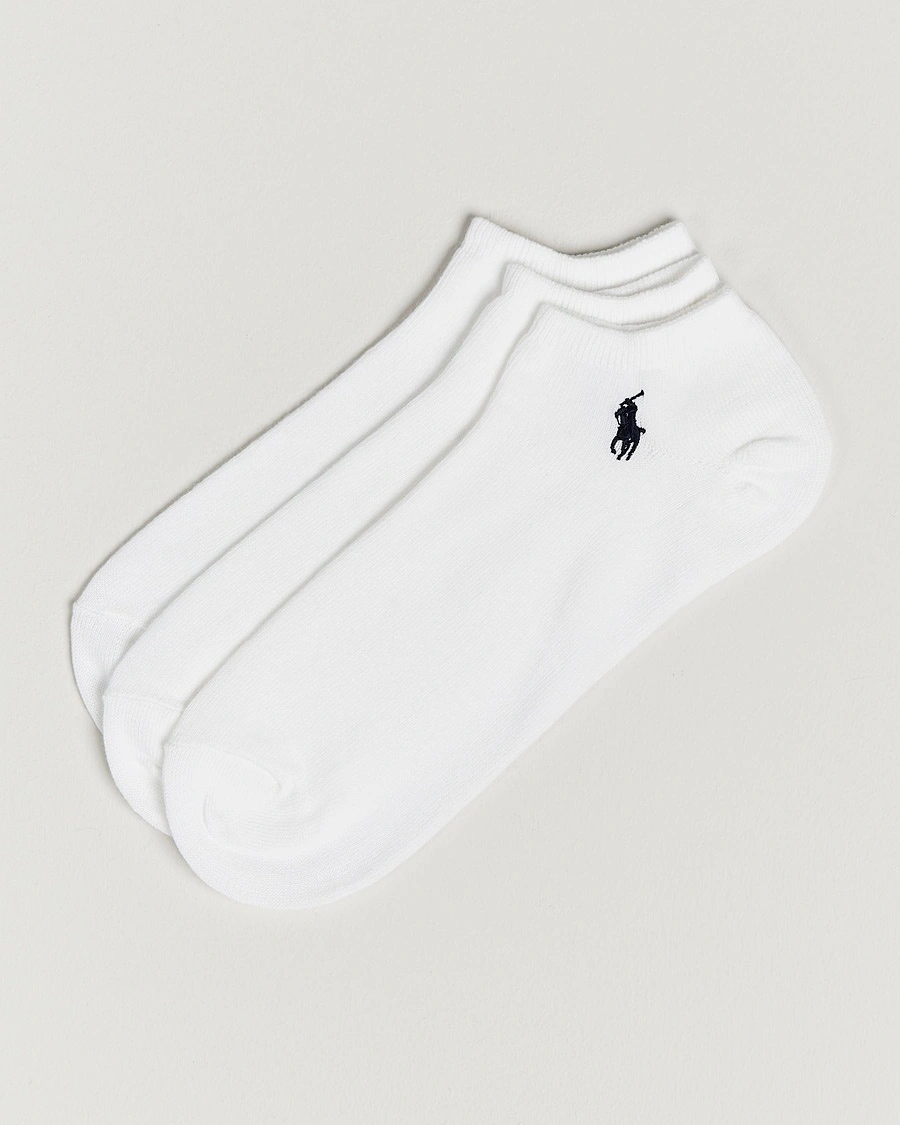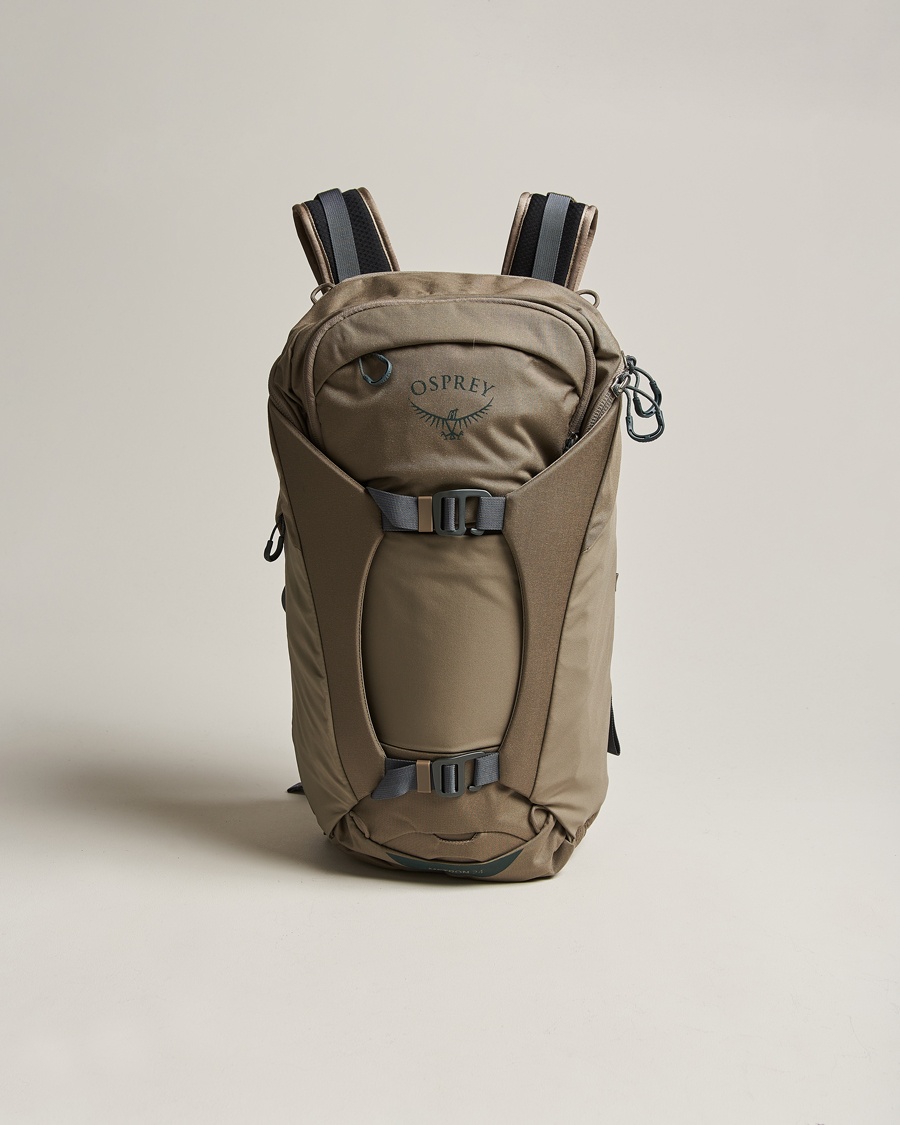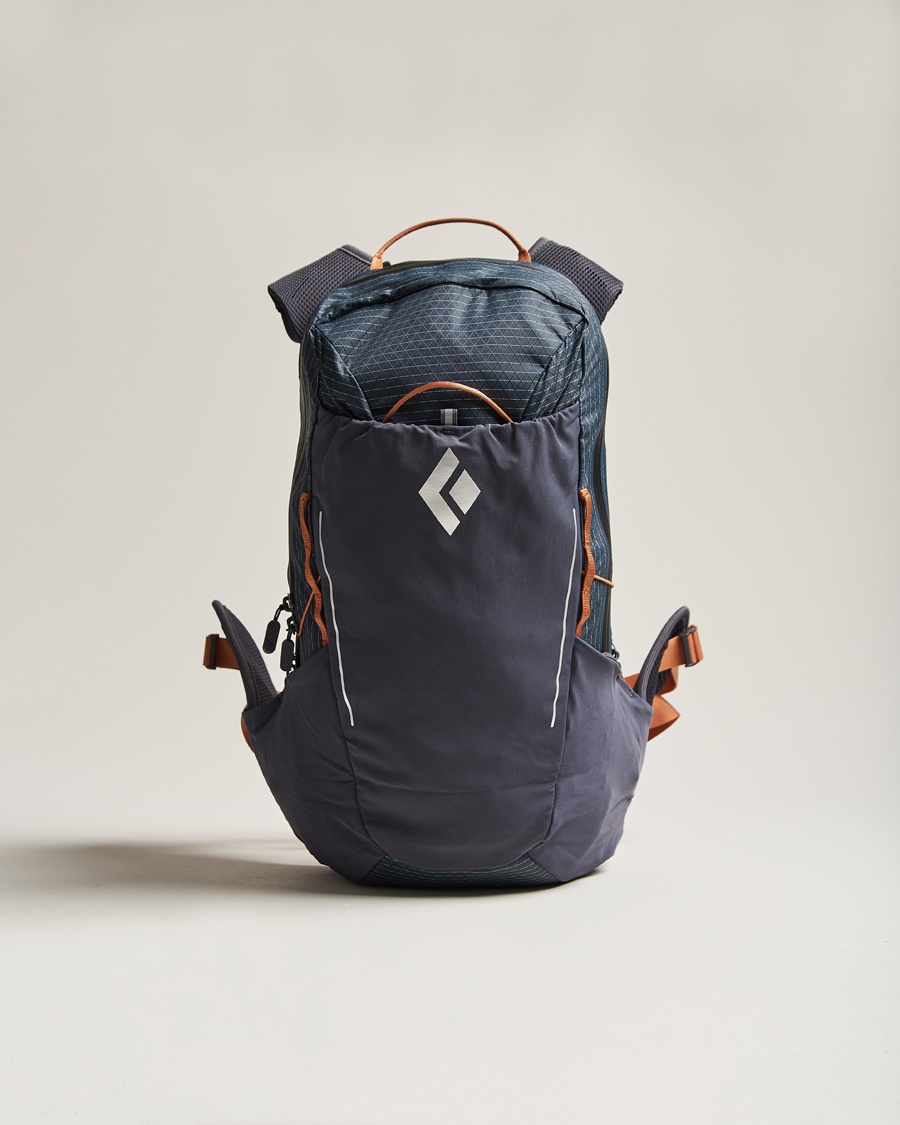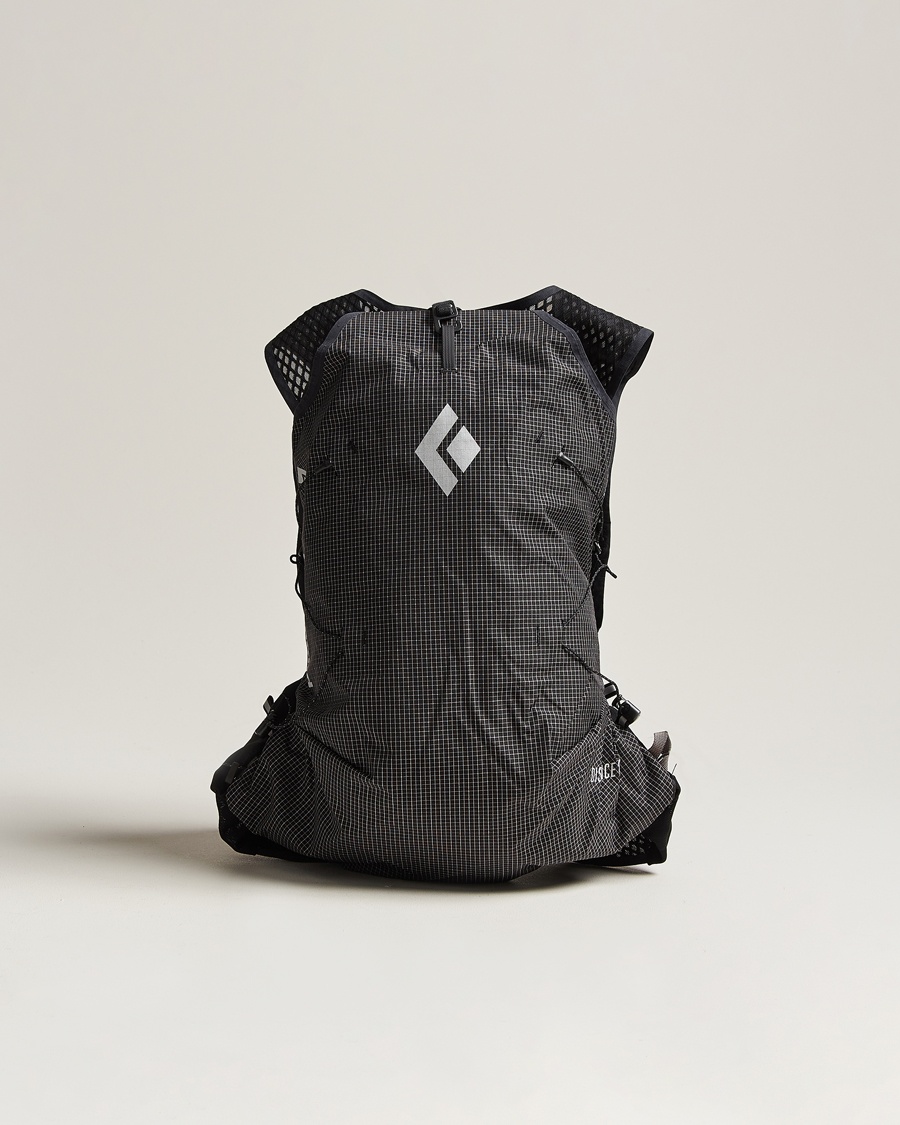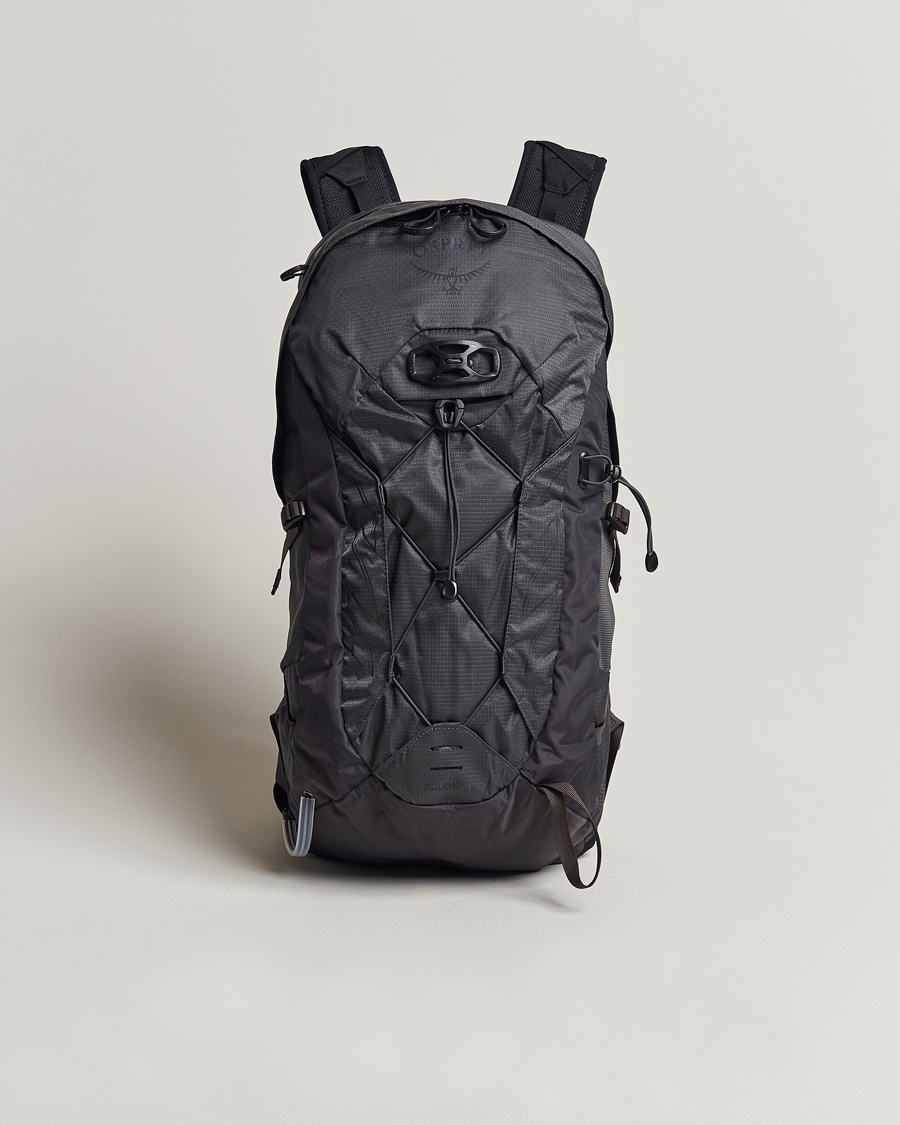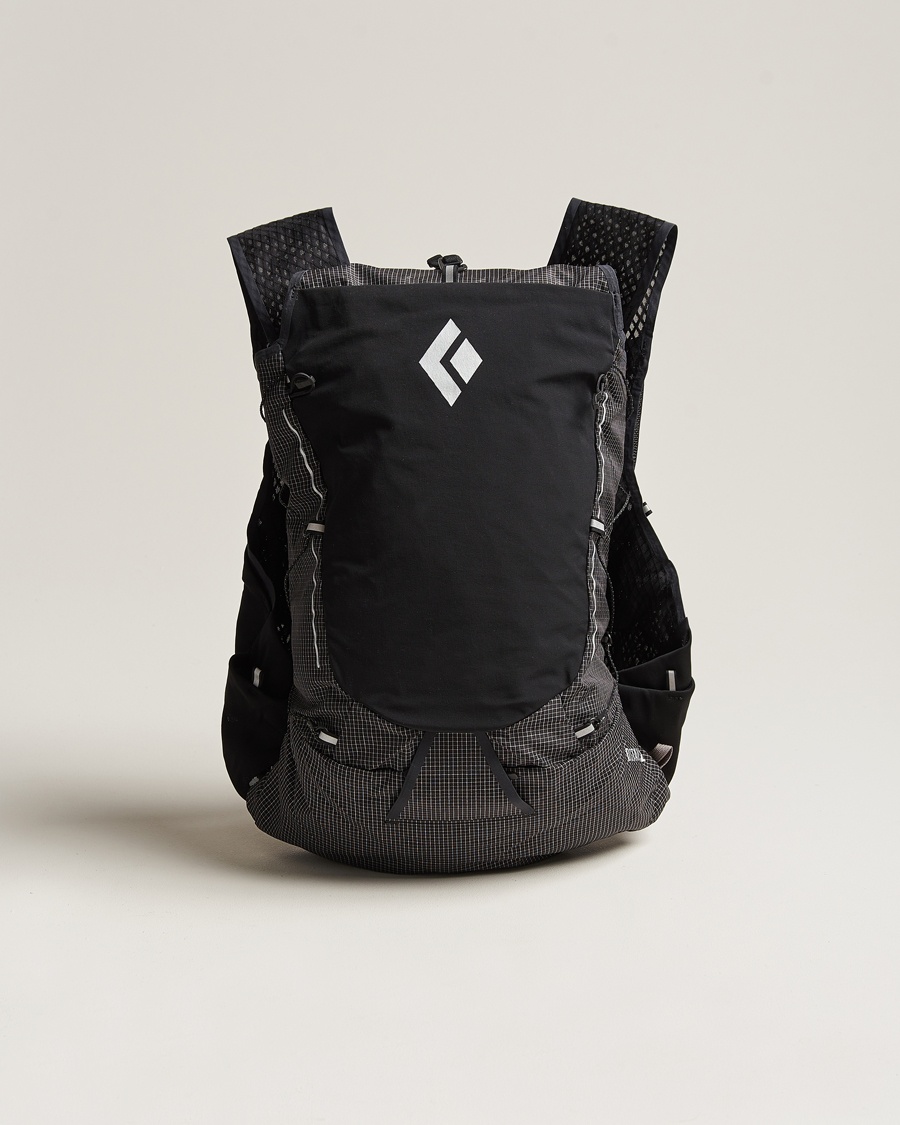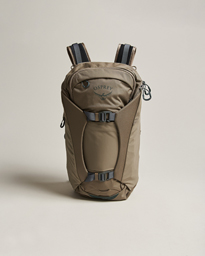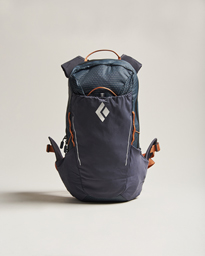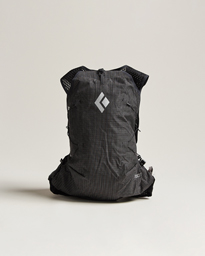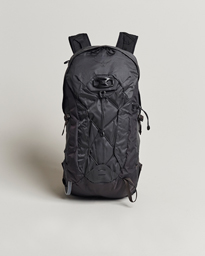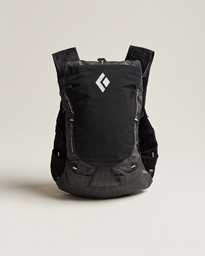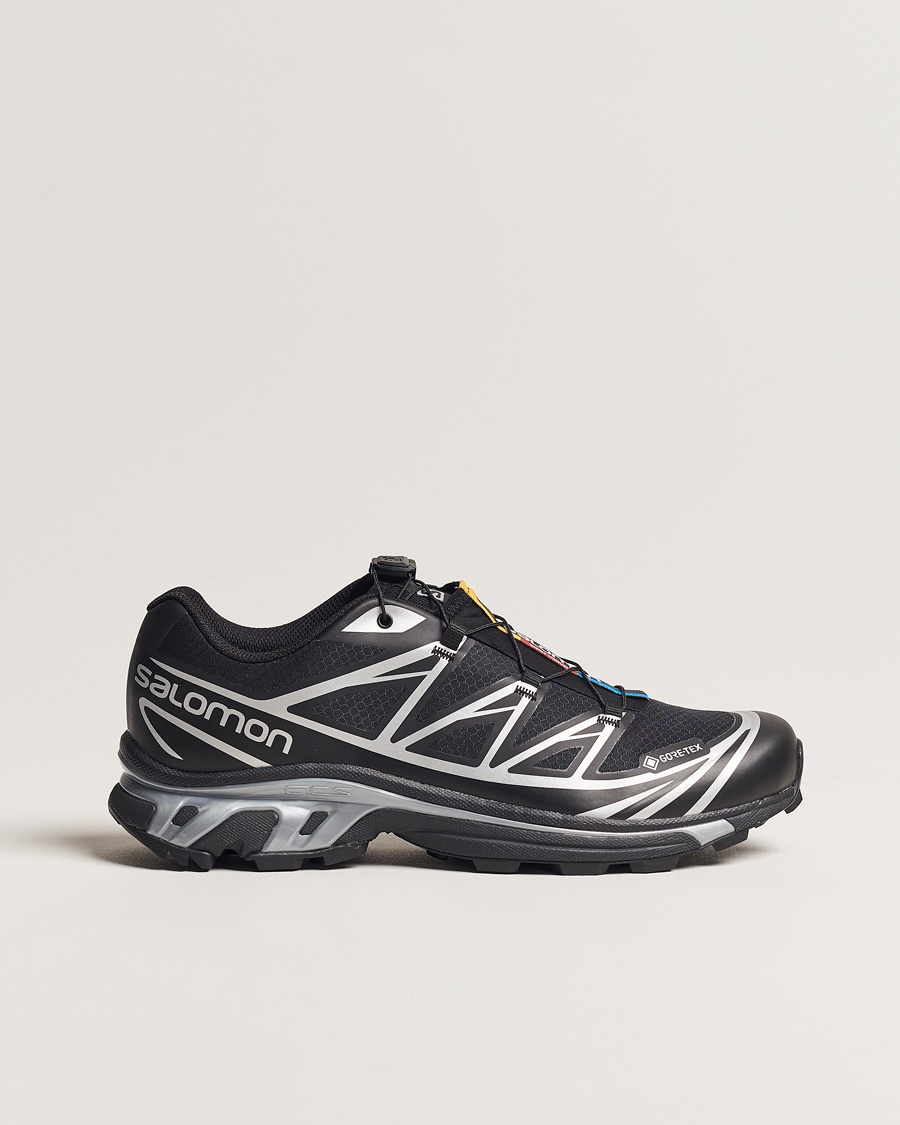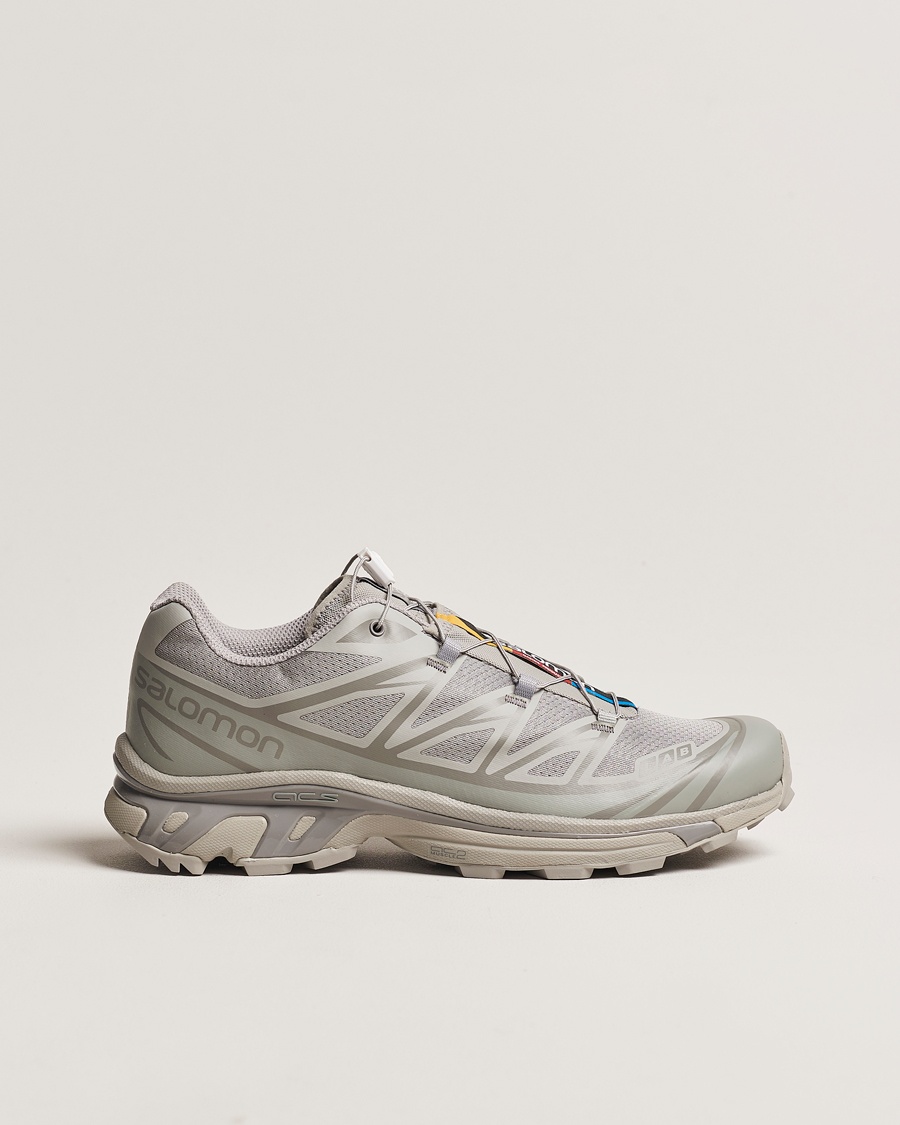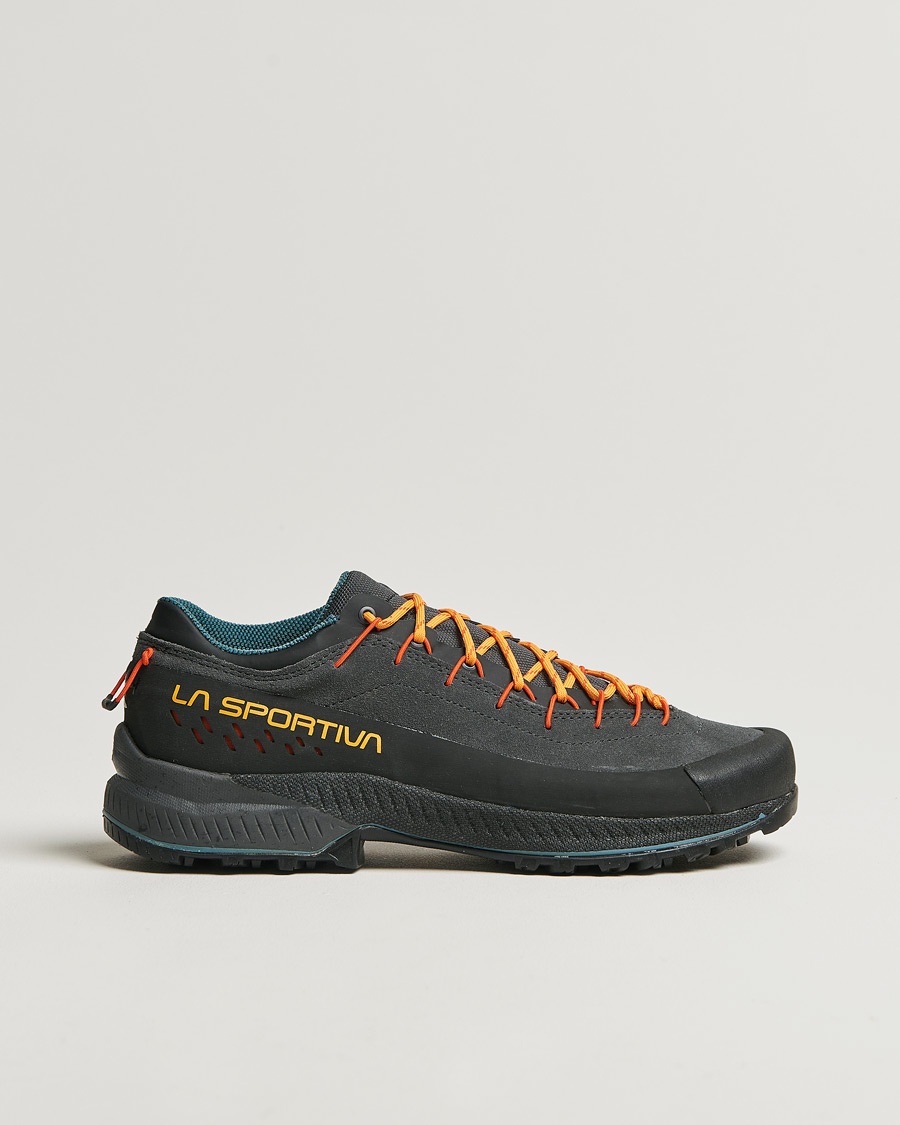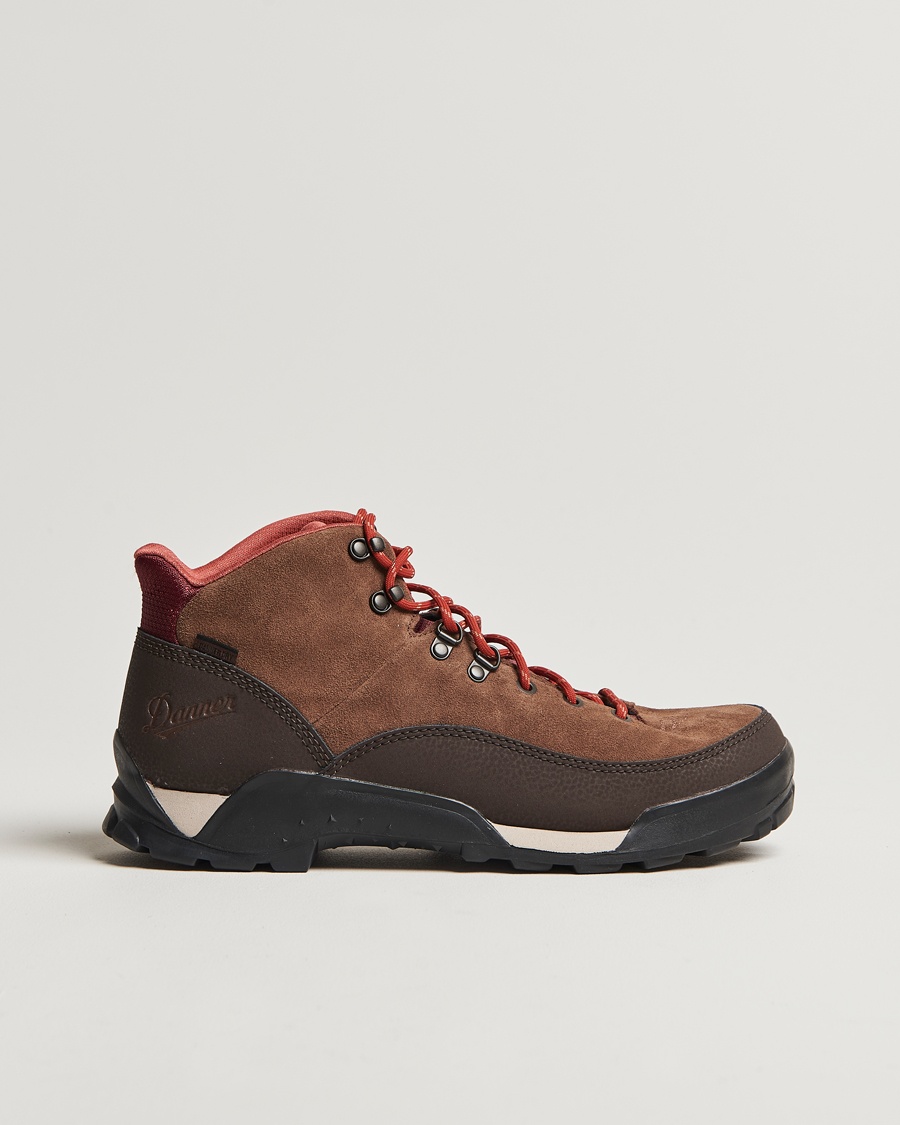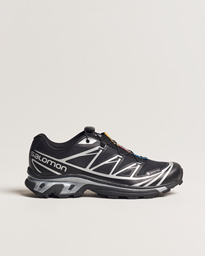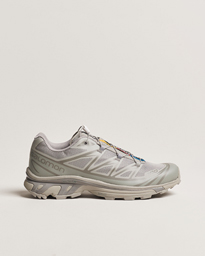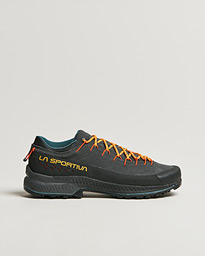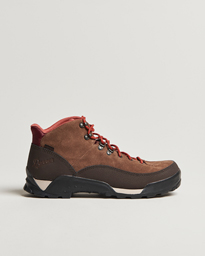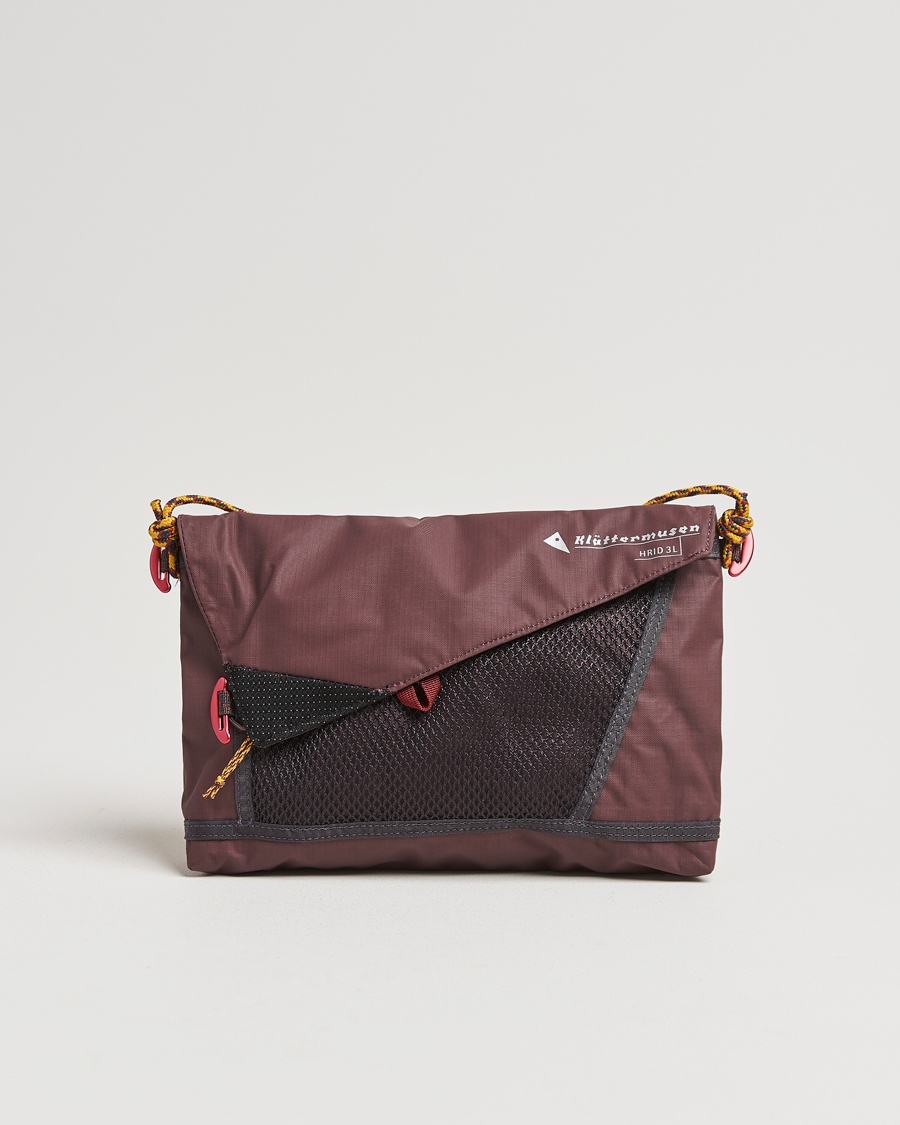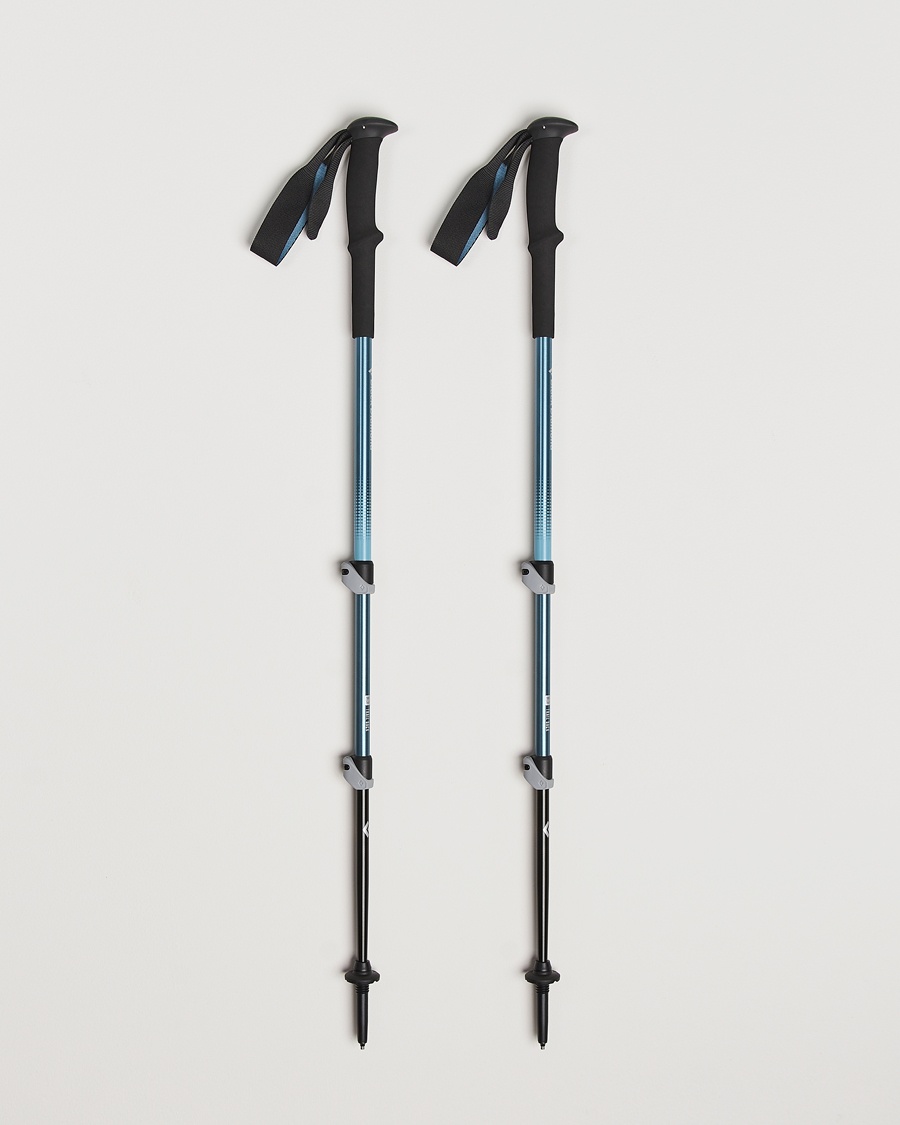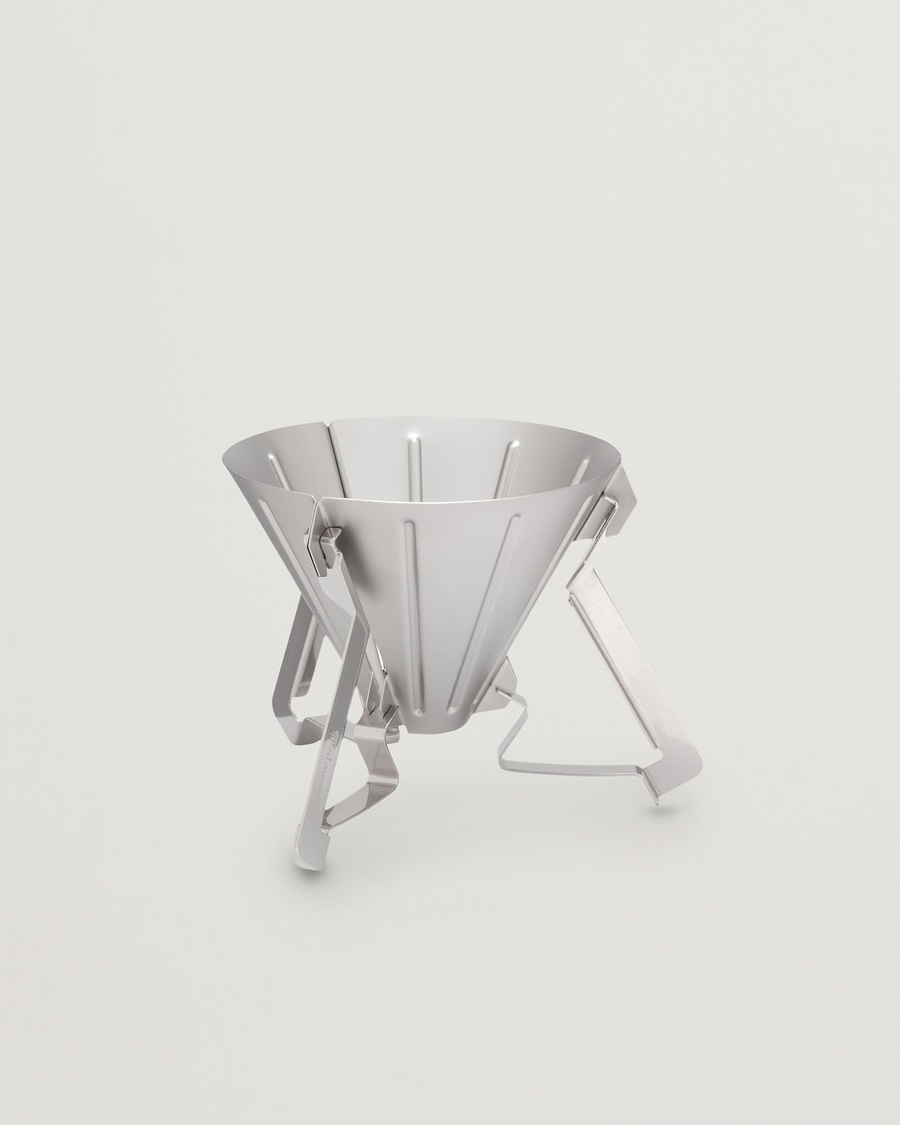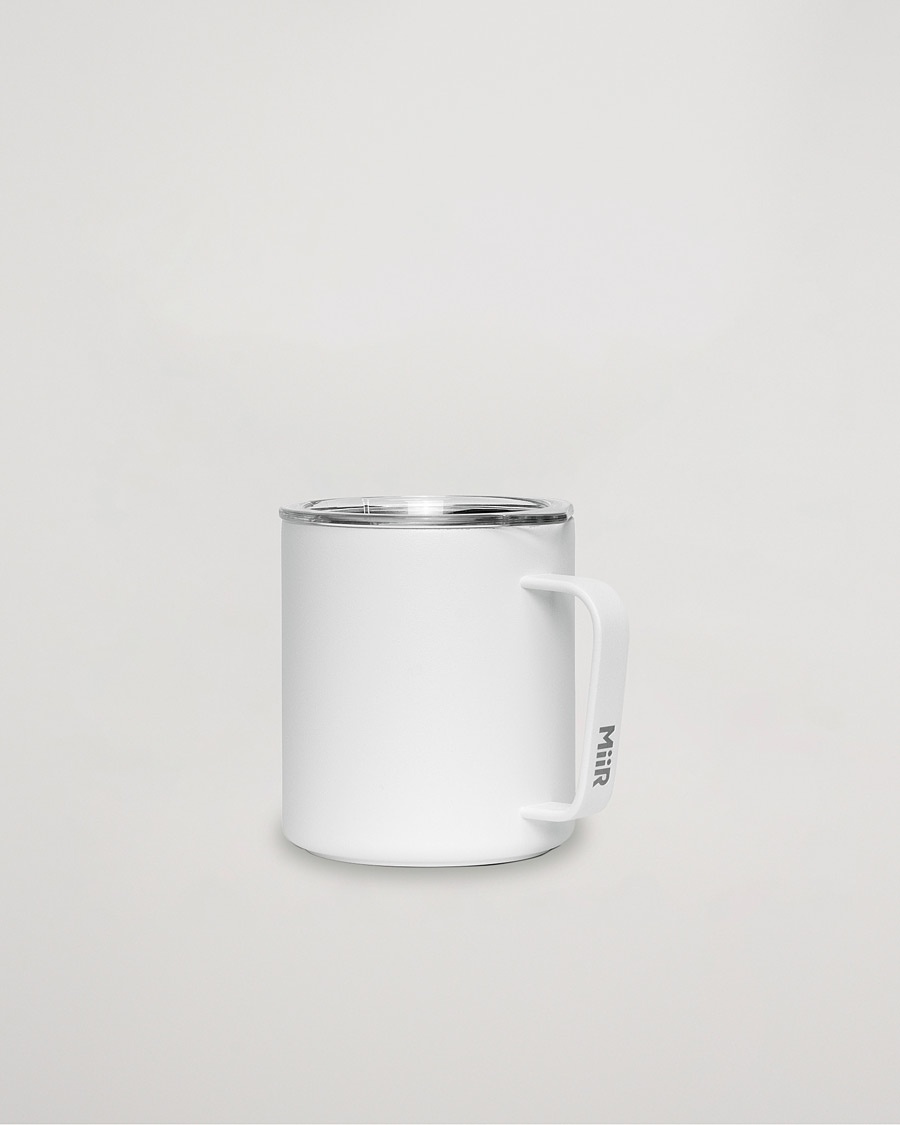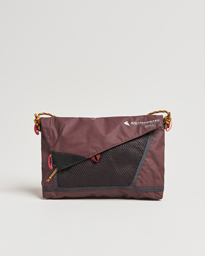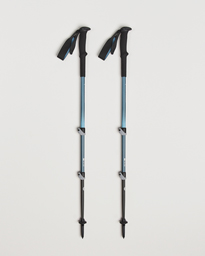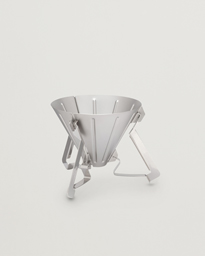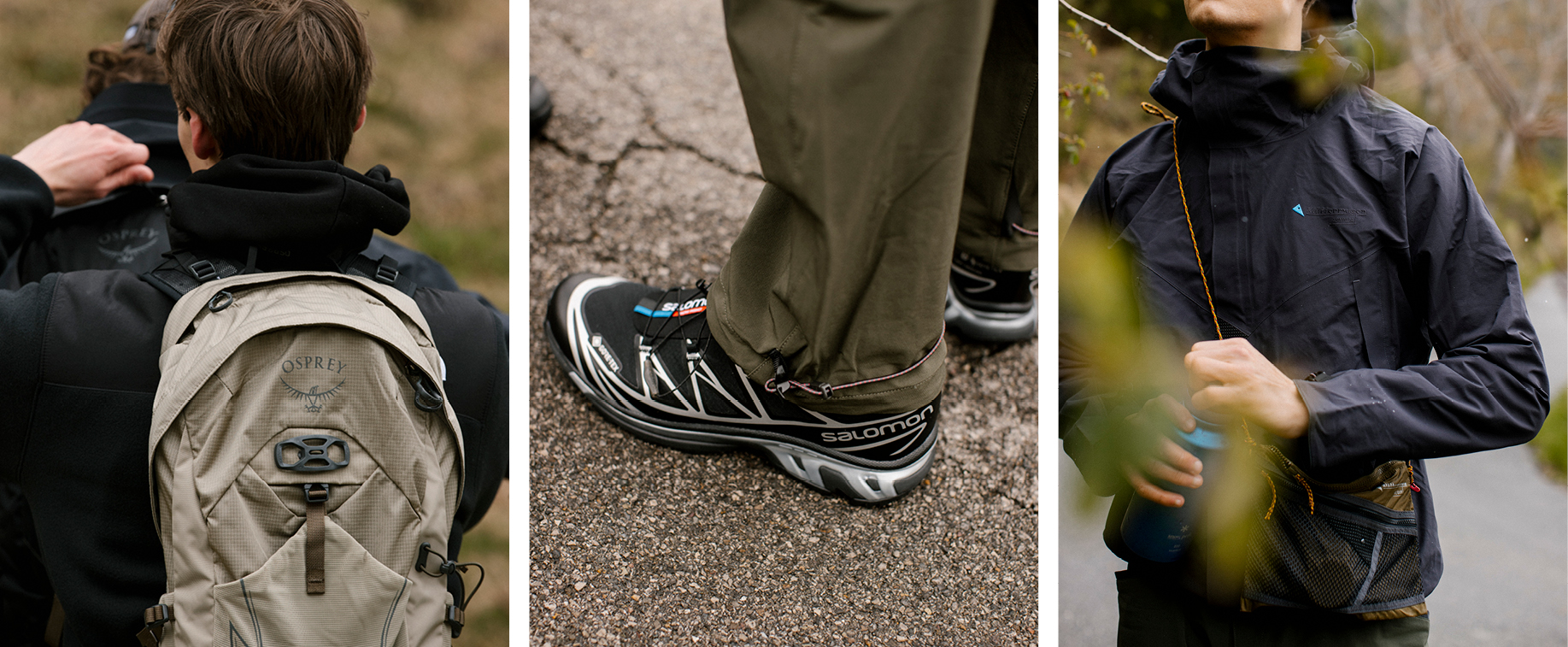
Outdoor gear: The right equipment for nature
Text: Agnes Hagborg
Foto: mATTEO BIACHESSI
The foundation of a successful outdoor adventure is good shoes and a practical rucksack. Other clothing and accessories can enhance your experience, but the most important thing is to feel comfortable and ready for anything.
Rucksack
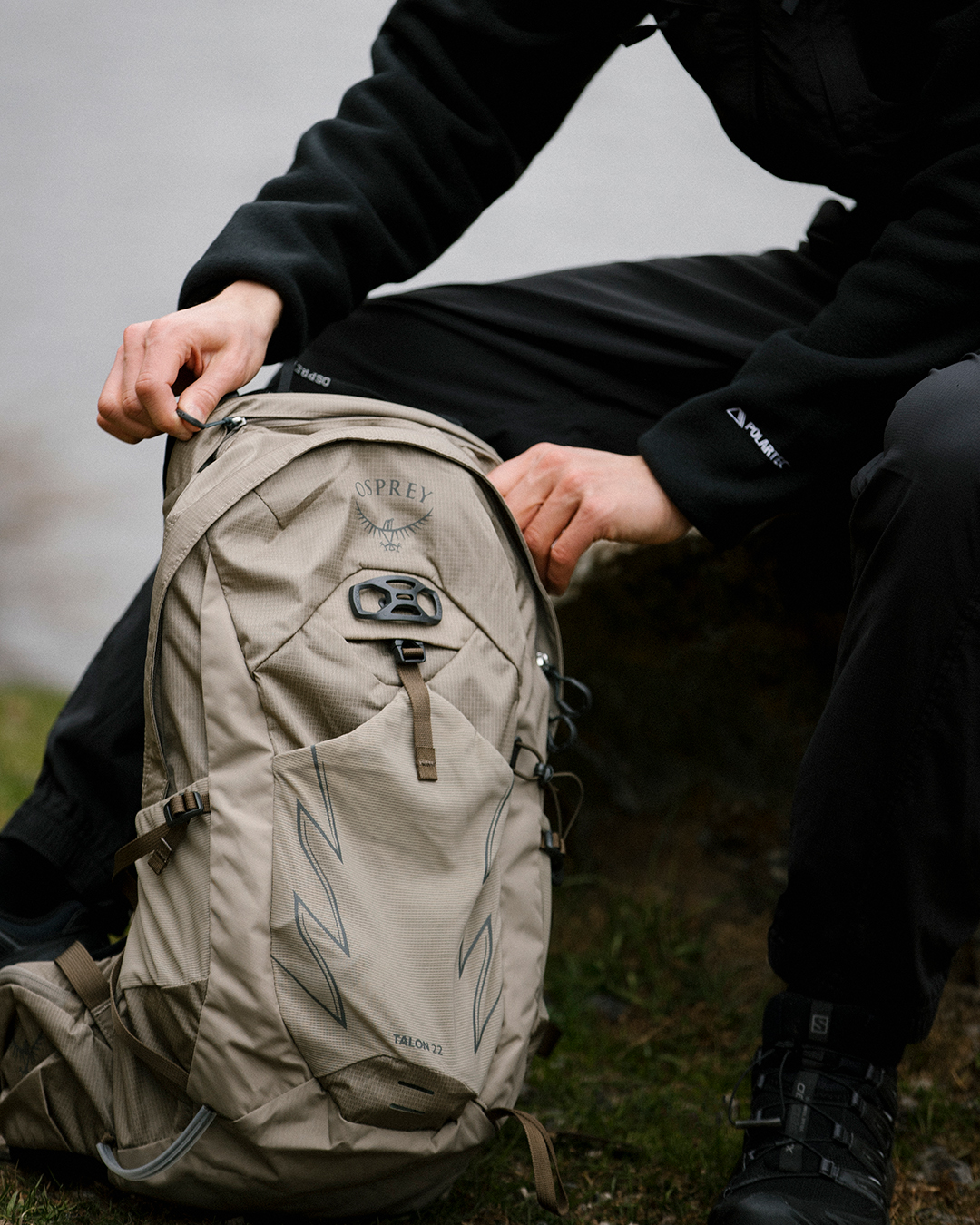
Many people grab the first rucksack they see without considering comfort, as long as it serves its purpose. However, the right rucksack makes a big difference. With the wide range of bags available, you need to think about how you will use the bag and ensure it has the functions you need before making your purchase. A good size for a rucksack is around 10 or 20 litres, depending on how much you need to carry. This size works well for day trips, but multi-day adventures require a larger pack. If you are between two sizes, opt for the larger one—rucksacks can be easily adjusted and compressed when not fully packed. Also, consider whether you need specific features like extra pockets, rain covers, or comfortable straps.
Since every body is unique, it is important to choose one that fits well. A quality rucksack should be easily adjustable, with padded hip belts and chest straps that ease pressure on the shoulders and offer stability. Ensure the hip belt sits just above the hip bone, and the shoulder straps are properly adjusted, covering the full shoulder for balanced weight distribution.
For lighter loads, many backpacks are specifically designed for running and hiking.
Hiking shoes or boots
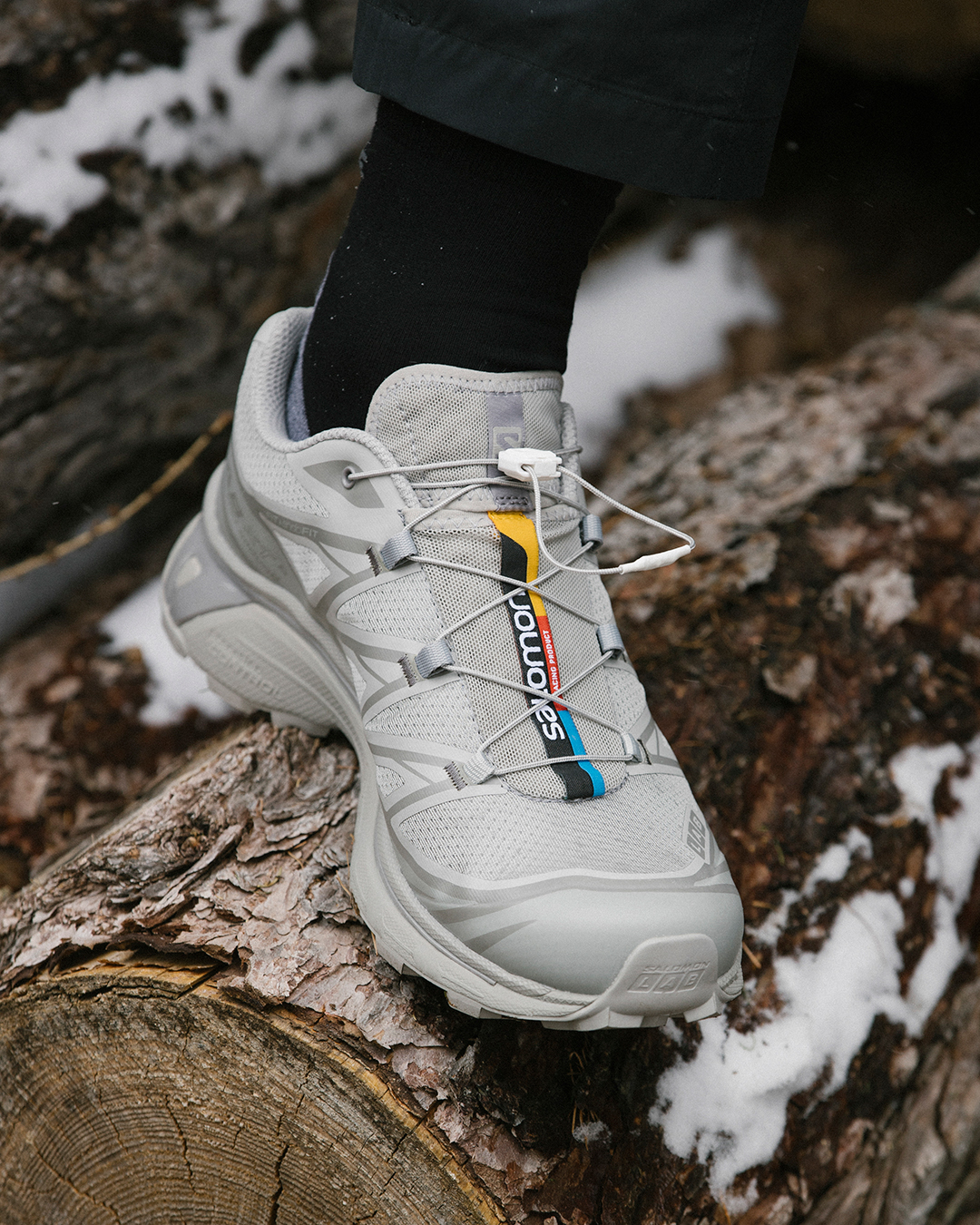
In the past, boots were the obvious choice for outdoor hikes, but what is the real difference between boots and hiking shoes? Below are the differences and benefits of each:
- Boots: Heavy but stable and protective for longer hikes on uneven terrain. Adjustable laces provides flexibility for uphill and downhill sections.
- Hiking shoes: Lighter than boots and perfect for everyday hikes. Some models can also work as trail running shoes.
When buying shoes for outdoor adventures, consider whether you need Gore-Tex. For wet and rainy weather, Gore-Tex is a great choice, while lighter shoes without a membrane may be more comfortable in dry and warm conditions.
Additional gear
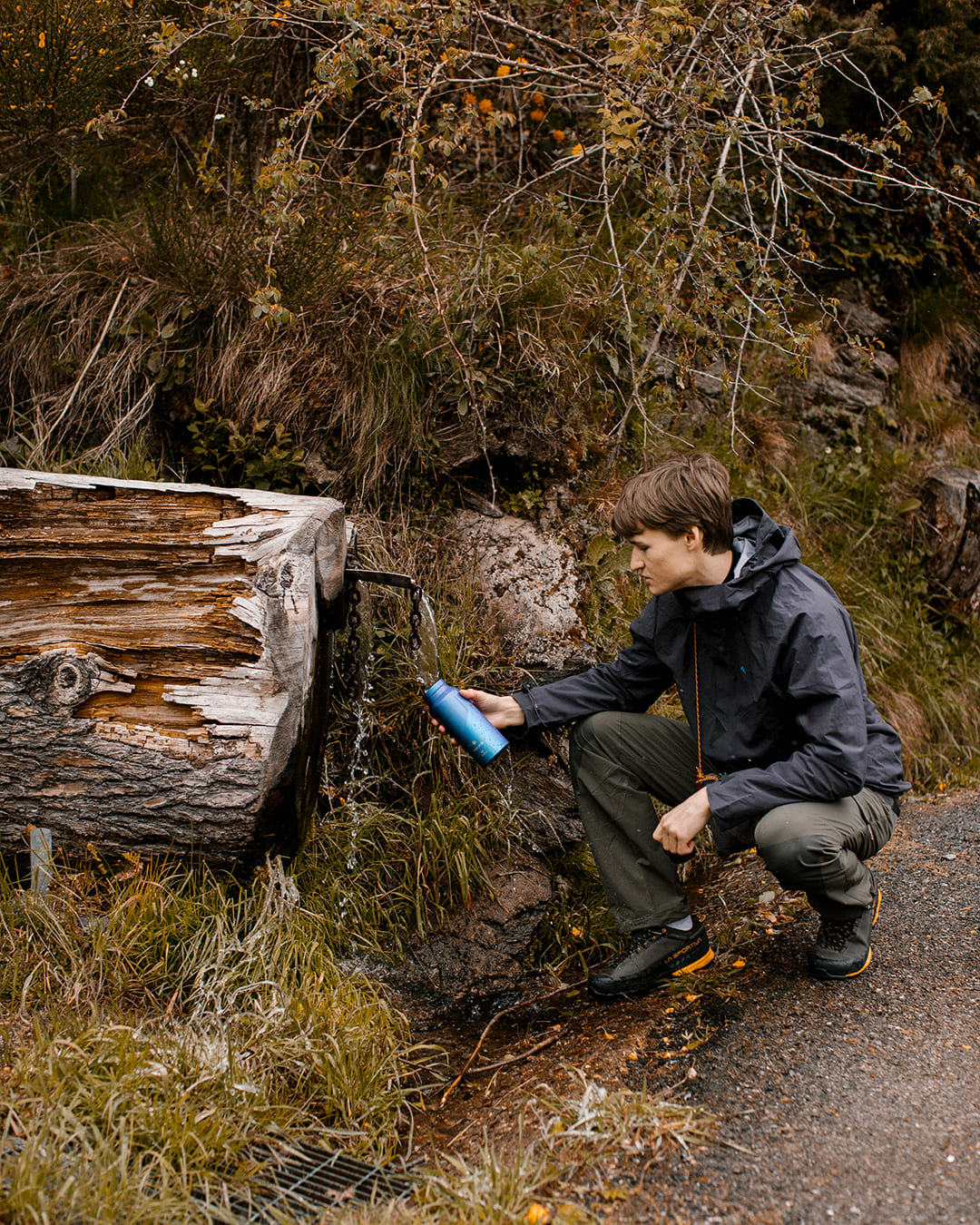
With the right shoes and rucksack, you’re off to a great start, but a few extra items can enhance your experience.
Trekking poles are one such item. Poles offer extra stability, especially on steep sections, and reduce strain on the joints during long hikes. Many trekking poles today are adjustable and can be easily folded and attached to your rucksack. To adjust the poles correctly, stand on flat ground and set the poles at a height where your elbows form a 90° angle. A tip is to shorten the poles by 5–10cm on uphill climbs for better balance and increased traction. When going downhill, do the opposite and extend the poles.
A water bottle, thermos, and a simple seat pad are also valuable accessories. Water and a thermos are useful for staying hydrated and energised along the way. The seat pad is helpful when you need to take a break whilst avoiding getting cold. There are endless clothing items, gear options, and fun accessories to add after these basics – get out into nature and figure out your next step!
Wollen Sie an dieser Stelle fortsetzen?
Service
Häufig gestellte Fragen
Die Antworten auf die häufigsten Fragen finden Sie hier.
An Werktagen beantworten wir Ihre Mails innerhalb von 24 Stunden.
Sie können uns per E-Mail unter [email protected] oder via WhatsApp kontaktieren. Sie können auch gern unser Onlineformular nutzen indem Sie unten rechts auf die Ikone klicken und Kontakt wählen.
Persönliche Stilberatung
Entdecken Sie unsere persönliche Stilberatung – digital oder vor Ort in der Nähe unseres Hauptsitzes in Borås, Schweden.
Wenn Sie einen Termin mit einem unserer Personal Shopper vereinbaren möchten, senden Sie uns eine E-Mail an [email protected] und teilen Sie uns mit, ob Sie eine digitale Beratung oder ein persönliches Treffen bevorzugen. Wir melden uns zeitnah mit weiteren Details und Terminvorschlägen.
Unsere Stilberater freuen sich darauf, Ihnen zu helfen, Ihre Garderobe gezielt zu aktualisieren und in zeitlose Qualitätskleidung zu investieren.
Einloggen
-
Sweden
-
Denmark
-
Norway
-
Finland
-
Germany
-
Austria
-
Belgium
-
Ireland
-
Croatia
-
Cyprus
-
Czech Republic
-
Estonia
-
Greece
-
Hungary
-
Liechtenstein
-
Lithuania
-
Luxembourg
-
Malta
-
Poland
-
Portugal
-
Slovakia
-
Slovenia
-
Bulgaria
-
Latvia
-
Romania
-
Netherlands
-
France
-
Switzerland
-
Spain
-
Italy
-
United Kingdom
-
Saudi Arabia
-
New Zealand
-
Taiwan
-
United Arab Emirates
-
Japan
-
Australia
-
Canada
-
United States of America
-
South Korea
-
Hong Kong
-
Singapore
-
Kuwait
-
Malaysia
-
Qatar








